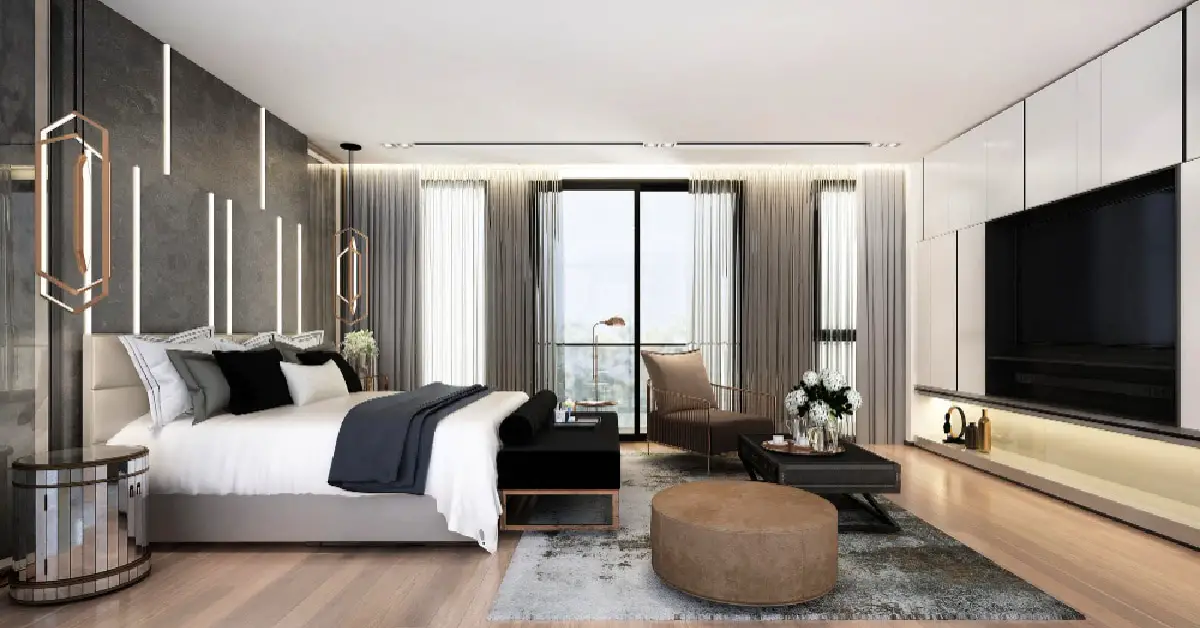What is the importance of math in design? We were asked this recently by a friend studying math and physics.
Well, math is essential when it comes to design, graphic design, interior design, and really any type of design.
To be honest, we forgot about its importance, so we had to investigate further.
So, what is the influence of math on graphic design in interior spaces?
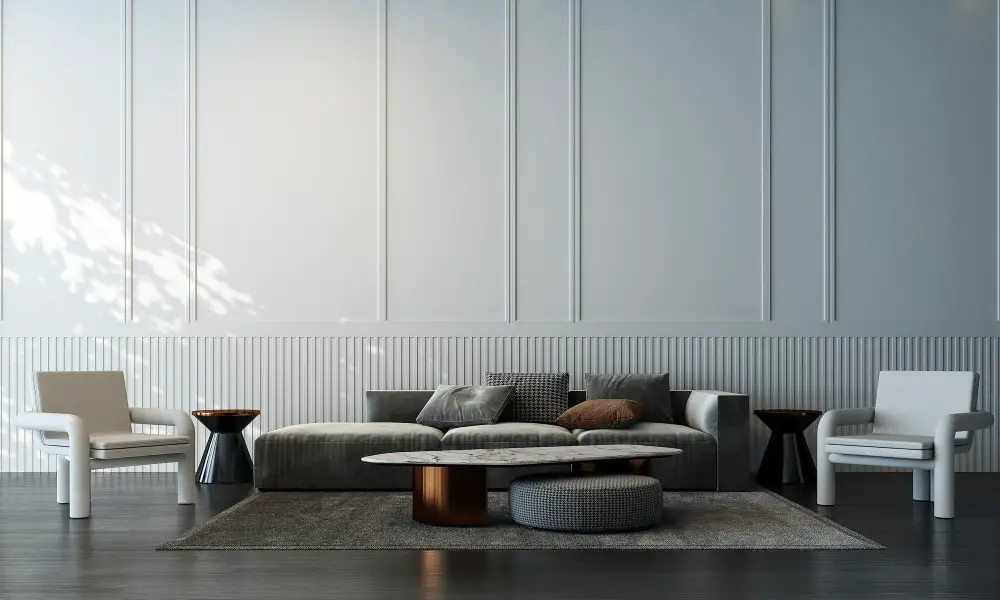
The Influence of Math in Interior Design
An interior designer’s profession relies heavily on math.
If you hire a professional to design your new house interior and give them a budget, you may be surprised to learn that the project has gone over budget. It happens all the time! Why?
However, incorrect measurements or financial miscalculations by the interior designer can affect the cost substantially.
The importance of mathematics in interior design cannot be overestimated. These days, thankfully, most of the calculations are made with specialized software.
Mathematical concepts like proportions, alignment, and other phrases relating to proportions are often used by interior designers.
When working on an interior design project, the designer must adhere to a set of pre-determined guidelines.
They must make your designs aesthetically appealing and employ subtle strategies like guiding the viewer’s gaze to convey your message successfully.
To generate contrast, symmetry, and pleasing proportions in designs, designers may use mathematics as a tool in their toolbox, whether they realize it or not.
To become a licensed interior designer in the US, generally, you need to pass the National Council for Interior Design Qualification or NCIDQ exam.
Mathematical understanding and education of building code standards are part of these studies.
Commercial stairways have a certain height and breadth specifications, as do electrical components, all of which must be able to assess precisely.
Designers need to be familiar with computer-aided design applications and mathematics in graphic design and must be able to calculate space needs according to regulations.
Mathematics is absolutely everywhere; often, we don’t even know it?
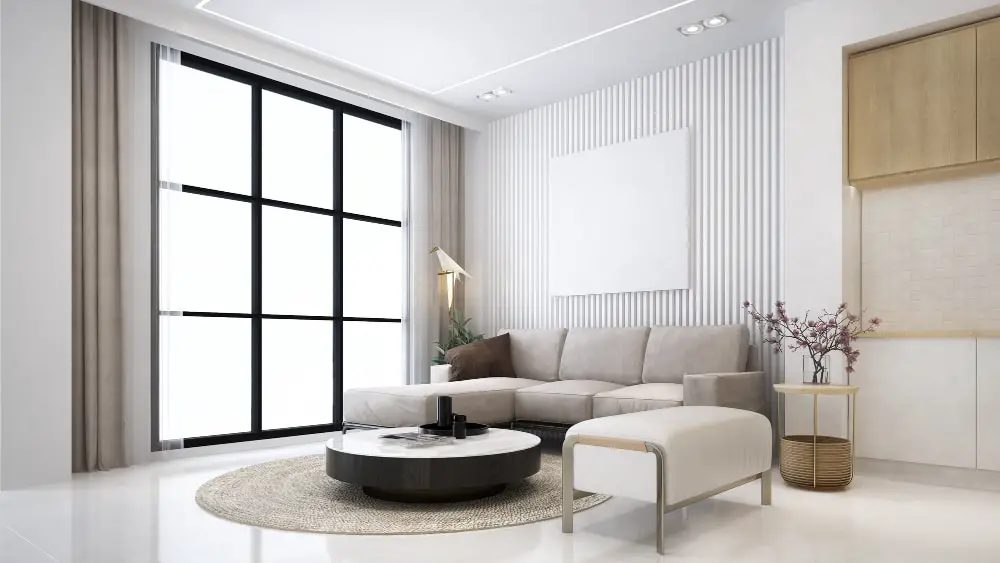
So How Is Mathematics Used In Design?
Mathematics is used in numerous ways, including:
- Systems & Production
Systems & Product Designers also use math throughout the design process. The construction and workmanship of furniture items and the methods used to transport them are good instances of this (mechanical, electrical, or any other kind of coordination).
- Coordination
Designers use math to coordinate and structure their work. Math is often used to calculate the optimal use of space, where to put various pieces of furniture, or how much storage space is required.
In interior design, math is used to visualize a room, determine what furniture and other things would best fit in that area, and determine how objects may be moved and utilized.
As the first stage in any design, you should use math to help you envision your ideas. When creating a room, it is critical to look at it from every viewpoint.
Designers use models to understand a room’s overall feel and then build many design concepts based on that information.
Finding out which parts of the room aren’t being utilized is essential to figuring out how and where furniture and other items may be relocated.
The designer may better examine their design by using computer software to take a basic model and highlight certain pieces of furniture and other elements. Models may be used to demonstrate to clients how the design progresses.
- Organizing & Planning
AutoCAD and Revit are popular tools among designers for creating design concepts. This is an essential aspect of the design process.
You’ll be able to see your place from a variety of perspectives. Using this, a designer may better specify the kind of furniture and other items in each area of the room.
Furthermore, they would be able to observe how various areas of the space are interconnected.
AutoCAD or Revit allows the designer to view the space from every aspect and region.
Most critically, though, these tools aid you in putting your ideas into action. By concentrating your attention on the creative rather than the arithmetic, they simplify the design process.
All of the above-mentioned math applications are necessary to the design process to plan and envision your area.
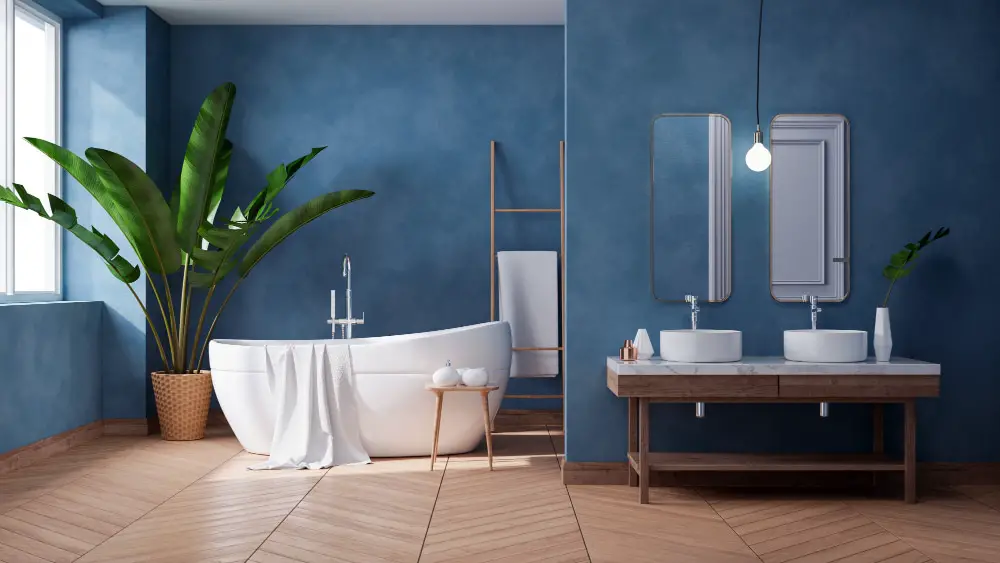
- General Operations
Managing a successful interior design firm requires a basic grasp of mathematics at the least.
The question many people ask is “How is math used in graphic design?” but after studying and working in the industry, the answer will be clear.
Measurements, volume & quantity calculations all involve maths; again, most of this is calculated by computers, thankfully.
- Geometry
Designing the layout of a room or building is done by interior designers who can calculate the size and volume of the space. It’s not just about making things pretty; it’s about space, distance, and measurements, aka maths.
In addition, mathematical calculations guarantee that designs comply with local building requirements.
From time to time, geometrical elements may be incorporated to enhance the aesthetics of designs.
Other areas of academic mathematics, such as calculus, can also play a vital role in interior designs.
In a bid to measure the area of spaces and large rooms, calculus equations are employed to calculate the area to be covered.
For example, when you need to figure out how many yards of wallpaper will be used to match up a pattern on a wall, you will need calculus.
Is The Golden Ratio Used in Interior Design?
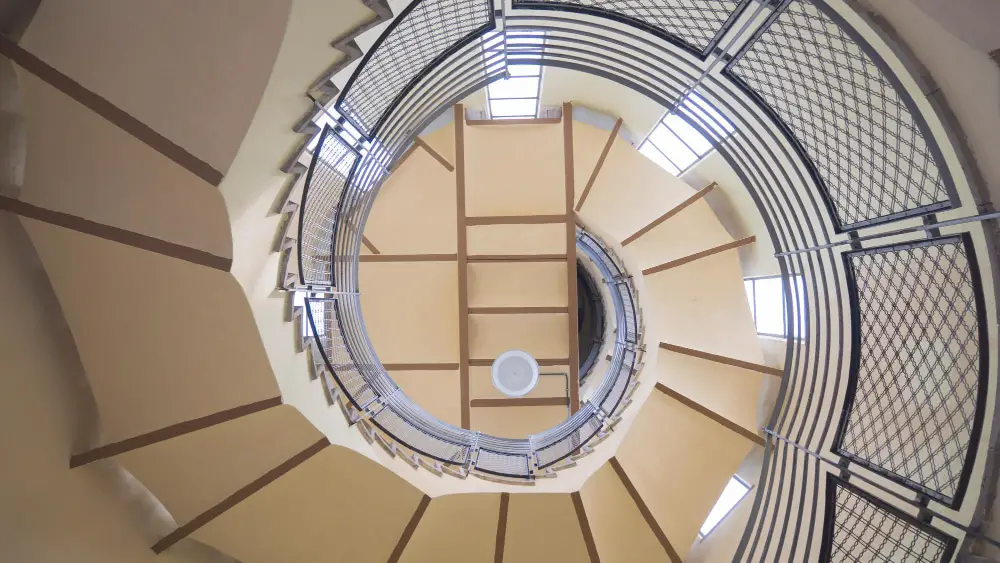
Firstly, let’s look at what The Golden Ratio is.
The Golden Ratio or Divine Proportion is an algebraic irrational constant with a value of roughly 1.618. This constant honors Phidias, the artist who used this proportion to create one of the most famous architectural masterpieces of Antiquity, the Parthenon.
The Golden Ratio was used in the construction of the Mona Lisa by Leonardo Da Vinci. It features several golden rectangles. A circle around her face reveals a gold complexion.
When dividing a golden rectangle over her eyes, her eyes are proportionate to her head length. She has golden rectangles covering her body from her neck to her hands.
How The Golden Ratio Is Used in Interior Design
So now you know what The Golden Ratio is, let’s look at how it is used in interior design.
So, we know The Golden Ratio is 1.618, which equates to a 60/40 split. So many designers apply a 60/30/10 split; this can be applied in multiple different ways.
- Furniture to room size, eg, amount of furniture, should take up no more than 60% of floor space.
- Architectural elements, eg, a feature, should be 40% of the total room.
- Furniture to furniture eg, a small table should be no more than 40% of the size of the closest lounge.
And the list goes on, but at least the above gives you an idea of how math plays in with the design.
Conclusion – Math & Design
Math isn’t always apparent to the onlooker in interior or graphic design, but it is always there underneath the software or part of a designer’s toolbox of skills.
Space, location, design, and building codes all involve math in some way, shape, or form; I think we have to be grateful that these days most is calculated by computers not us!
